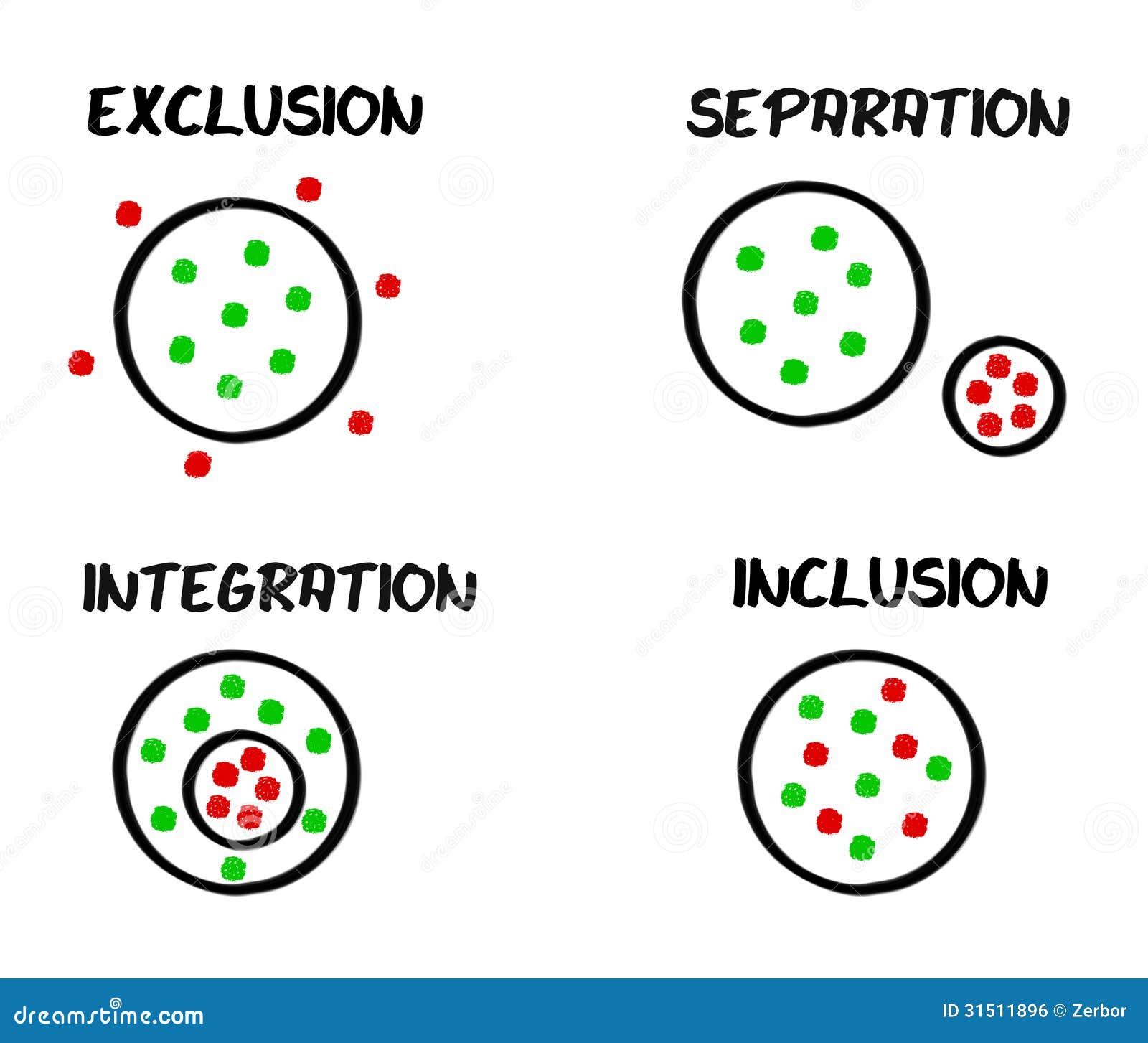Nowadays the establishments in Chile have different resources in the physical spaces, for example in the courtyards, classroom, bathrooms, coffee shops, study areas, etc.. We see change of all type, since more welcoming spaces, more extended places, elevators, more levels floors, stronger structures, on the other hand. Even through of the creativity, like inclusion murals that promote the diversity of students.
Significantly important advances for the present, since a decade ago Chile did not have so many supports for the schools, and i did not have the necessary knowledge for the inclusion of the different capacities of the students through of the pedagogical spaces. Therefore, it is interesting to see how each year emerge more didactic spaces.
Problem:
However, we continue to see changes based on integration instead of inclusion through the creative spaces mentioned above. Through only physical changes we focus only on integration, since the children are considered within the physical educational space, but are not fully welcomed, this is where enters the inclusion and not the integration through the physical spaces in the establishments.
The inclusion transcends beyond, inclusion means that all people have their own abilities and potentials, different from those of others, so that different needs demand different answers. Inclusion seeks to encourage and guarantee that every person is part of an educational group and does not remain separated within it. This shows that implementing creative physical spaces for the students with any disability only guarantees their access, but they really still feel excluded, marginalized and discriminated against, because they look and see them as people with problems or abnormal.
No doubt there is an intention to collaborate with the education and help students feel more comfortable and happy, but what really we do not realize is that the children are not happy, they feel marginalized.
Proposed solution:
The inclusion begins accepting differences, celebrating the diversity and promoting equitable treatment of each student and not only rebuilding the establishment's infrastructure, therefore, for to respond to a complete diversity we must realize that inclusion is for all and not only for students with any educational need based on the disability (making a student exclusion).
This means that, principally must be made a change of conscience, in informing the educational community that we are all different and that no one is superior to the other. Therefore, to open our minds you can make talks, forums, brochures, a day of inclusion, etc., show that we are all different and not just students with other physical realities.


Hi Nicole,
ResponderBorrarThis text seems interesting. It needs a bit more clarity, though. We also need to look at some errors that need to be addressed.